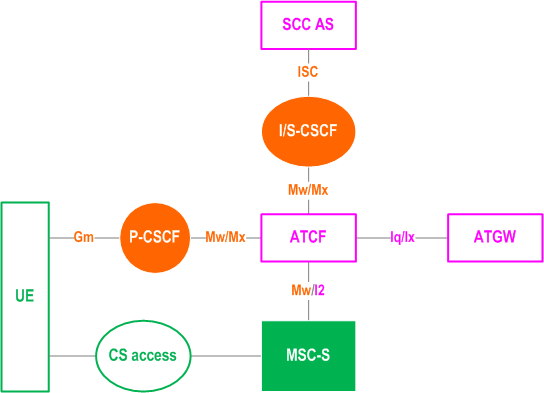TS 23.237
IMS Service Continuity
V18.0.0 (PDF)
2024/03 192 p.
V17.0.0
2022/03 192 p.
V16.4.0
2020/06 192 p.
V15.2.0
2019/09 185 p.
V14.2.0
2016/12 183 p.
V13.1.0
2015/12 172 p.
V12.10.0
2015/12 172 p.
V11.11.0
2015/12 171 p.
V10.13.0
2015/12 158 p.
V9.10.0
2012/12 86 p.
V8.7.0
2010/03 42 p.
- Rapporteur:
- Mr. Song, Jae seung
LG Electronics Inc.

essential Table of Contents for TS 23.237 Word version: 18.0.0
each title, in the "available" or "not available yet" area, links to the equivalent title in the CONTENT